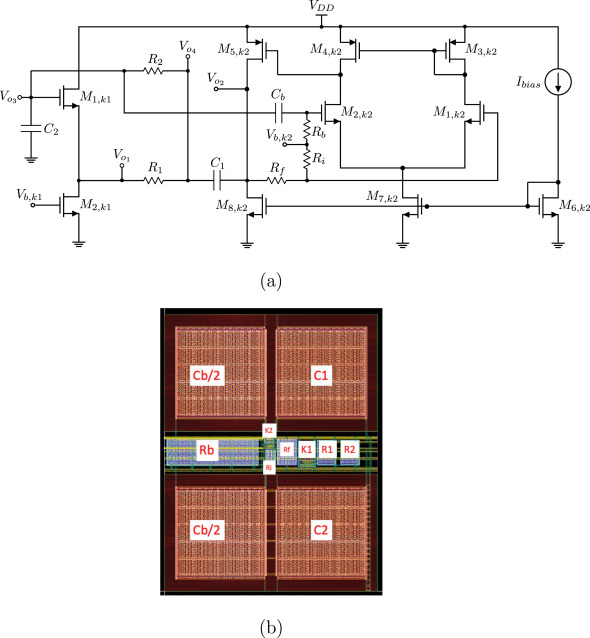
Numerical investigation of hematocrit variation effect on blood flow in an arterial segment with variable stenosis degree
Numerical simulations of blood flow in arteries are important in the understanding and diagnosis of many cardiovascular diseases, such as atherosclerosis and arterial stenosis. More realistic mathematical models representing blood rheology offer a better understanding of these diseases. In this study, blood is considered an Oldroyd-B fluid with a shear-thinning property and a shear rate-dependent relaxation time that is adopted by fitting experimental data. The Quemada model is used to represent the shear-thinning property with hematocrit variation. The stabilized finite element method is used to obtain numerical solutions. Hemodynamics factors, such as the wall shear stress (WSS), axial velocity, wall pressure, and recirculation zones are examined for different flow conditions. The effects of the variation in both the hematocrit value and the relaxation time for different stenosis degrees are considered. Results indicate that the hematocrit value should be considered for blood flow simulations as it significantly affects the WSS and vortex shape. © 2020 Elsevier B.V.



